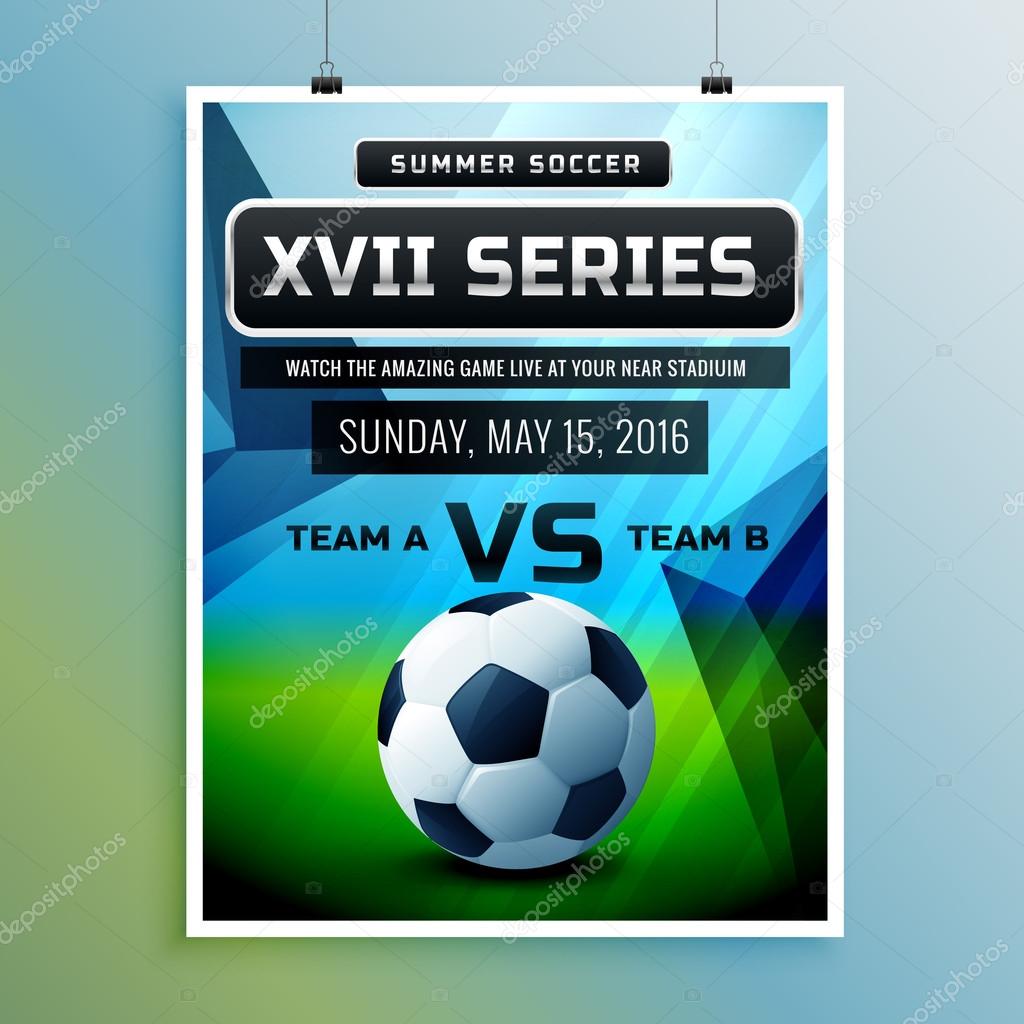

Pairing a Segundo Volante beside a variation like a ball-winning midfielder or anchorman means you have an ideal balance between positional stability and the two key elements of play: both attacking from the former and defensively from the latter while they take secondary responsibilities once in the reverse roles. This unique function is best expressed when played with two defensive midfielders with the other being a different variation. Volante’s unique skill set as a player - during the 1930s with the likes of Napoli, Rennes and Torino - allowed him to operate functionally as an attacking option and source in the defensive midfield positions. The Segundo Volante, is a variation of the defensive midfielder role that carries attacking movements from a defensive standpoint. His style of play became the name of the role. Carlos was an Argentine former football defensive midfielder, who played in Argentine, Brazilian, French and Italian clubs. You can visit the Governors Highway Safety Association to learn about the laws in your state.Carlos Volante’s name became synonymous with a midfield function: Segundo Volante. Many states now have laws against texting, talking on a cell phone, and other distractions while driving. Your state legislature and governor make the laws regarding distracted driving. One of the highlights of this relationship comes during April’s Distracted Driving Awareness Month, which pairs a national advertising campaign with a law enforcement crackdown called U Drive. The states determine laws affecting distracted driving, but NHTSA provides federal investments in the locally driven strategies that address the states’ specific needs. The foundation of NHTSA’s efforts on distracted driving and other risky driving behaviors is our partnership with the states and local police. You’ve likely seen or heard our public service announcements, but we’re also on Facebook and Twitter sharing stories and tips to help save lives. NHTSA’s campaigns and public service announcements make the case to Americans that safe driving means driving without distractions. NHTSA leads the fight nationally against distracted driving by educating Americans about its dangers and partnering with the states and local police to enforce laws against distracted driving that help keep us safe. NHTSA is dedicated to eliminating risky behaviors on our nation's roads If you feel strongly about distracted driving, be a voice in your community by supporting local laws, speaking out at community meetings, and highlighting the dangers of distracted driving on social media and in your local op-ed pages. Ask your students to commit to distraction-free driving or set a company policy on distracted driving. Spread the word at your school or workplace about the dangers of distracted driving. Educators and EmployersĮducators and employers can play a part, too.
VOLANTE FUTBOL DRIVER
Remind your teen driver that in states with graduated driver licensing (GDL), a violation of distracted-driving laws could mean a delayed or suspended license. Have everyone in the family sign the pledge to commit to distraction-free driving. Parents first have to lead by example - by never driving distracted - as well as have a talk with their young driver about distraction and all of the responsibilities that come with driving. Teens can be the best messengers with their peers, so we encourage them to speak up when they see a friend driving while distracted, to have their friends sign a pledge to never drive distracted, to become involved in their local Students Against Destructive Decisions chapter, and to share messages on social media that remind their friends, family, and neighbors not to make the deadly choice to drive distracted.

We can all play a part in the fight to save lives by ending distracted driving.


 0 kommentar(er)
0 kommentar(er)
